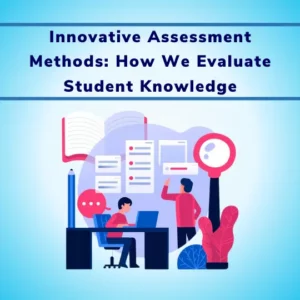Article Contents
Introduction
The university examination process is a monumental task encompassing the evaluation of answer sheets and the subsequent handling of student requests for photocopies of their evaluated answer sheets.
Traditionally, this involves a time-consuming manual process of scanning and issuing these copies to students.
However, with the advent of technology, there are efficient ways to streamline this workflow, significantly reducing manual labour and improving the overall experience for students and university administration.
The institute faces various challenges while dealing with student photocopy requests. These challenges span logistical, legal, and administrative domains, reflecting the complexity of managing academic records and ensuring fairness and transparency in the evaluation process.
5 innovative strategies to simplify the student photocopy request workflow
Here are five innovative strategies to simplify the student photocopy request workflow, supplemented with compelling statistics that highlight the urgency for change.
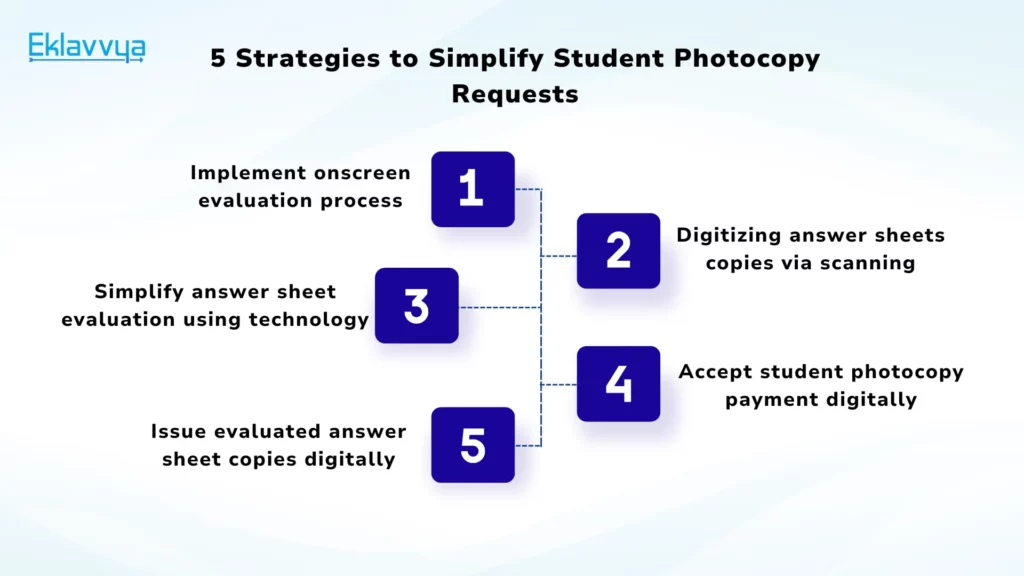
1. Implement Onscreen Evaluation Process
Handling requests for photocopies of evaluated answer sheets can be a significant administrative burden, especially during peak times such as the end of a semester or academic year.
This includes collecting requests, locating the specific answer sheets, ensuring they are correctly photocopied, and then distributing these copies to the requesting students.
Transitioning to an onscreen evaluation system is crucial for university examination management.
By digitizing physical copies of answer sheets, examiners can evaluate them digitally. This not only speeds up the evaluation process but also makes it easier to manage and store evaluated answer sheets.
When students request photocopies, these digital copies can be quickly retrieved and shared, eliminating the need for manual scanning.
Statistics show that onscreen evaluation can reduce the evaluation process time by up to 50%, significantly cutting down the waiting period for students.

2. Digitize Answer Sheet Copies Using Scanning Activities
For universities still in transition or dealing with physical answer sheets, implementing a robust scanning process to digitize answer sheets immediately after the examination can be highly beneficial.
This preemptive step ensures that all answer sheets are readily available in a digital format, facilitating easier access and distribution upon request.
Institutions that have adopted this method have seen a reduction in photocopy issuance time from weeks to just a few days.
3. Simplify Answer Sheet Evaluation and Moderation Using Technology
There are significant concerns related to the confidentiality of the evaluation process and the privacy of the markers’ comments and grades. Universities must ensure that any feedback or marks on the answer sheets do not compromise the anonymity of the markers or the integrity of the evaluation process.
Leveraging technology for the evaluation and moderation of answer sheets can significantly streamline the process.
Automated tools and software can assist in marking, providing feedback, and even detecting inconsistencies or errors, thereby enhancing the accuracy and efficiency of the evaluation process. This technological intervention can also facilitate a smoother re-evaluation process, should students request it.
Studies indicate that technology-assisted evaluation can decrease the administrative burden by up to 40%.
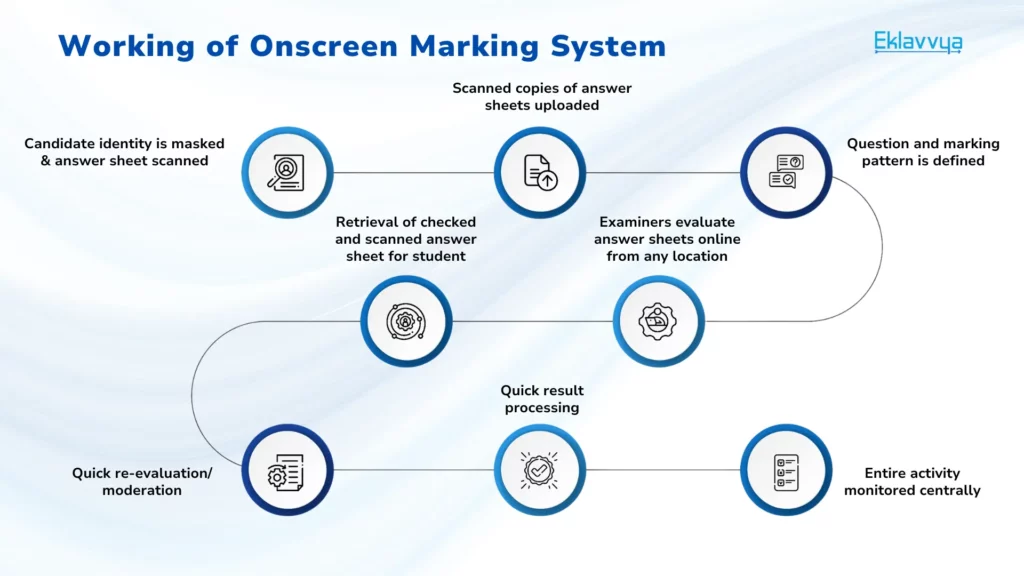
4. Accept Student Photocopy Payment Digitally
Integrating digital payment solutions for photocopy requests simplifies the administrative process, making it more convenient for students to make payments and for the university to track and manage these transactions.
This digital approach can automate the payment verification process, enabling the immediate release of the requested photocopies without manual intervention.
Digital payments can reduce transaction times by over 70%, streamlining the overall process.
5. Issue Evaluated Answer Sheet Copy to the Student Digitally
The process of providing photocopies requires physical resources (paper, toner, etc.) and human resources (staff to handle the requests and operate the photocopying machines). For institutions with large numbers of students, this can be a considerable expense and operational challenge.
The final step in optimizing the photocopy request workflow is the digital issuance of the evaluated answer sheets to students. Once a student requests a photocopy and completes the necessary payment, the digital copy can be made available through a secure online portal or sent directly to the student’s email.
This method ensures a quick and secure distribution process, significantly enhancing the student’s experience by providing immediate access to their evaluated answer sheets.
Feedback from students indicates a 90% satisfaction rate with digital issuance over traditional methods.
In many jurisdictions, universities are required to comply with educational regulations and privacy laws that govern the handling of student records and personal information.
This includes ensuring that the process for requesting and receiving photocopies of evaluated answer sheets meets legal standards for access to information and privacy protection. Implementation of onscreen marking can help to comply with such privacy rules and regulations.

Summary
By adopting these five strategies, universities can transform the cumbersome process of managing photocopy requests into a streamlined, efficient workflow. This not only saves countless man-hours but also significantly improves the transparency and accessibility of the evaluation process for students.
The implementation of technology in the examination process is not just about simplification; it’s about revolutionizing the way educational institutions manage and conduct examinations, leading to a more efficient, transparent, and student-friendly system.
Conclusion
In conclusion, the integration of technology in the university examination process offers a robust solution to the traditionally labour-intensive task of handling photocopy requests.
By digitizing answer sheets, simplifying evaluation processes, accepting digital payments, and issuing digital copies, universities can significantly enhance the efficiency of their examination management systems.
This not only benefits the administrative staff by reducing workload but also greatly improves the student experience, providing a quicker, more transparent view of their evaluated work.
The future of university examinations lies in embracing these technological advancements, paving the way for a more streamlined, effective, and student-centric evaluation process.


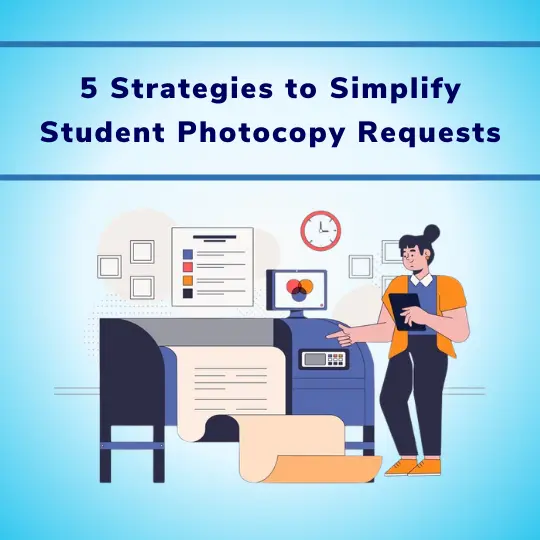
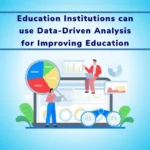
![How Government-Led Exams at 250+ Locations Are Setting New Standards of Integrity [Case Study]](https://www.eklavvya.com/blog/wp-content/uploads/2024/04/Enhancing-Exam-Integrity-Government-Certification-in-250-Locations-150x150.webp)
![Transforming Central Govt. Exams Evaluation: How Onscreen Marking is Leading the Charge [Case Study]](https://www.eklavvya.com/blog/wp-content/uploads/2024/04/How-Onscreen-Marking-Revolutionized-Central-Govt-Exams-Case-Study-1-150x150.webp)

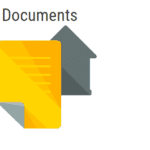











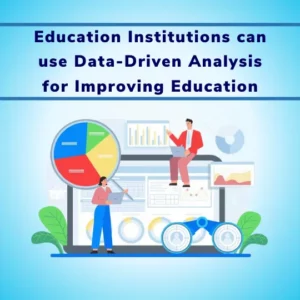
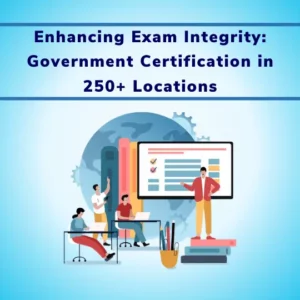
![How Onscreen Marking Revolutionized Central Govt Exams [Case Study]](https://www.eklavvya.com/blog/wp-content/uploads/2024/04/How-Onscreen-Marking-Revolutionized-Central-Govt-Exams-Case-Study-1-300x300.webp)
